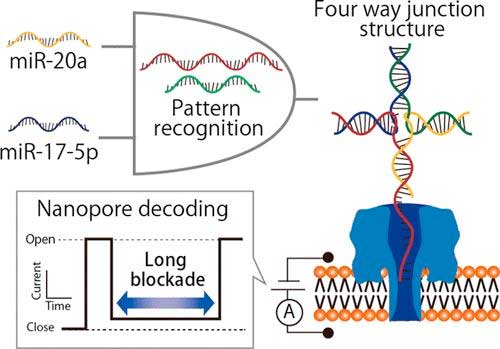
Friday, October 5, 2018
Nanopore technology with DNA computing easily detects microRNA patterns of lung cancer
Nanoscale pillars as a building block for future information technology
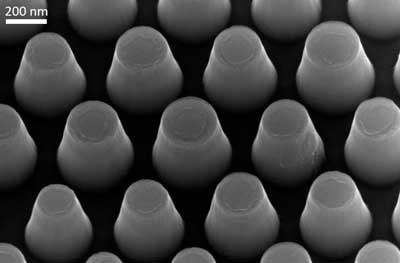
Atomically thin, part-organic semiconductor for bendable phones
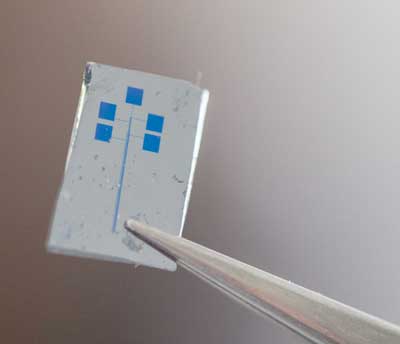
Flexible piezoelectric acoustic sensors for speaker recognition (w/video)
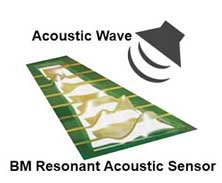
New spheres trick, trap and terminate water contaminant
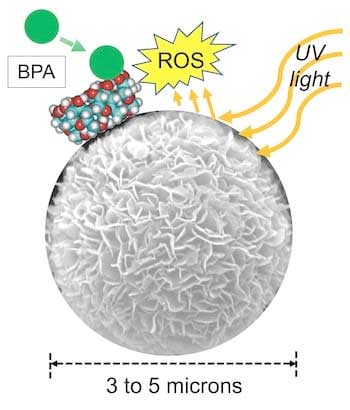
A self-powered heart monitor taped to the skin

Subscribe to:
Comments (Atom)
